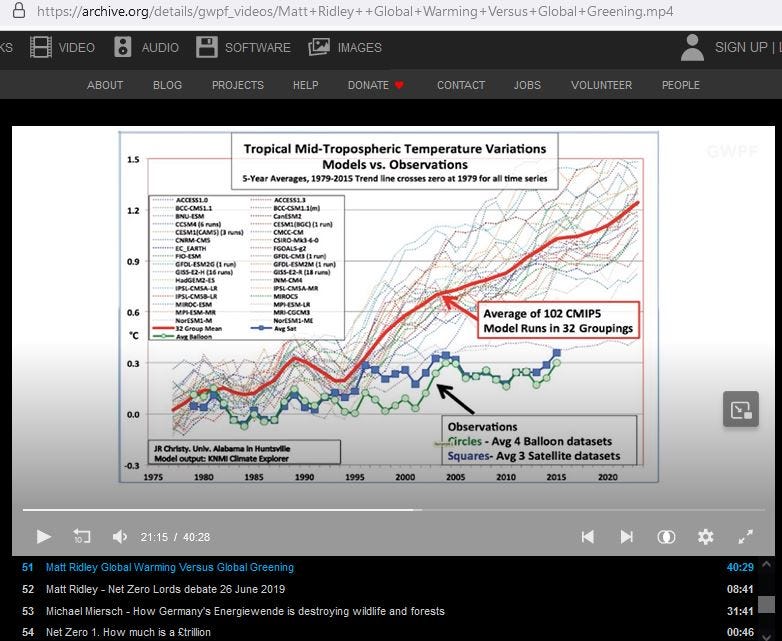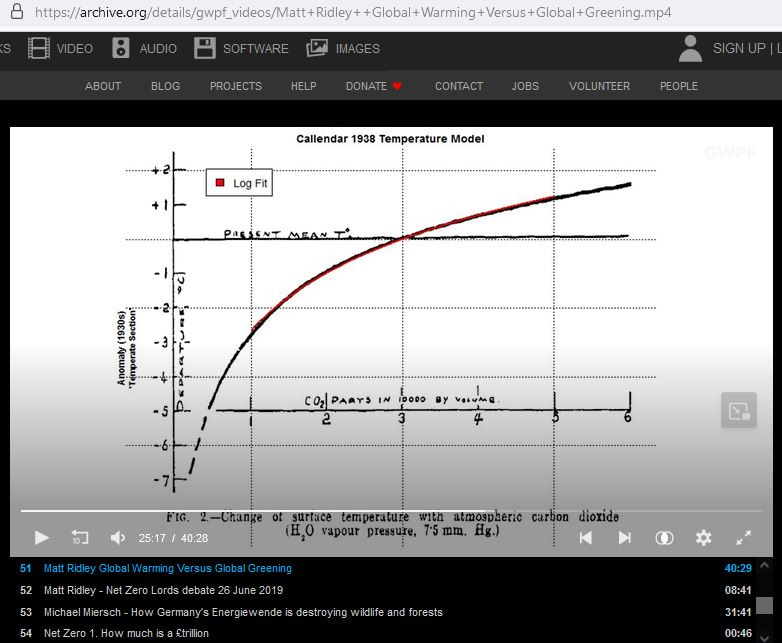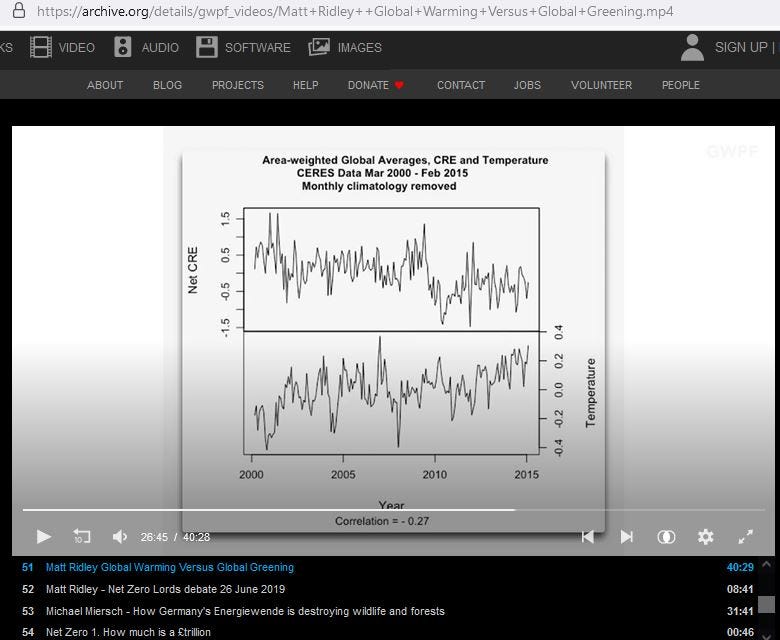Matt Ridley exposed two fatal errors in Climate Change
Global Warming Policy Foundation Video
Greenhouse Gas Effect Theory
In order for man-made global warming to be real, there has got to be a ‘warm blanket’ around the Earth, at approximately 3-6 miles up. The warm blanket is the Greenhouse Gas Layer where carbon dioxide accumulates. Once warmed, by sunlight and by upwelling thermal (infrared) radiation, it radiates thermal radiation back to Earth, causing surface warming.
Original Image (prior to the added markings)
Page URL: https://commons.wikimedia.org/wiki/File:Mount_Everest_as_seen_from_Drukair.jpg
Attribution: shrimpo1967, CC BY-SA 2.0 <https://creativecommons.org/licenses/by-sa/2.0>, via Wikimedia Commons
If it doesn’t get warm, then it doesn’t send radiation back to Earth, and there is no Greehouse Effect. Not only does it need to get warm, but it needs to warm faster than the surface does — if it is going to be relied on to justify claims such as:
“Most of recent warming has been due to human actions.”
If carbon emissions cause warming, then they cause warming by heating up the gas layer (which then sends heat back to Earth). There is no other mechanism than that.
No hot layer, no warming from carbon emissions.
Here is a slide from a 2016 presentation by Matt Ridley at the annual Global Warming Policy Foundation:
The red line shows the warming in the gas layer that is required in order for global warming to be “anthropogenic” (man-made). Conveniently, it’s the one predicted by climate models. If the gas layer warmed like the models said, then it is possible for warming to be “anthropogenic.”
If the gas layer had warmed like the models said, then the Greenhouse Gas Effect could explain most of the recent warming. Because it didn’t, it doesn’t. The actual temperature change in the gas layer is represented by the blue and green markings at bottom.
Swimming in Counterfactuals
But let’s put aside the fact that it is physically impossible for most recent warming to be “man-made” (because that requires a really hot gas layer, which isn’t there), and let’s pretend it is there, and that there is still cause for alarm. Even if there, it’d be muted, as this slide from the same presentation shows:
This slide shows that carbon dioxide cannot be very harmful on its own. Setting the baseline carbon dioxide concentration to 300 parts per million (ppm) and running it up to 600 ppm (doubling it) only gets you about 1.6 degrees of warming.
After that, you get even less warming if you hypothetically increase by similar amounts (by another 300 ppm). Because carbon dioxide cannot be very harmful on its own, in order to create alarm, climate scientists propose positive feedback from water vapor.
The Hypothesis: After the first stretch of warming from carbon dioxide occurs, warmed oceans release more water vapor into the air, magnifying the greenhouse gas effect (the one that our instruments say isn’t there; at least not enough to justify “anthropogenic warming”).
Here is that slide:
The orange arrow is what carbon dioxide can do on its own. The red arrow is the hypothesized magnification of what carbon dioxide can do on its own. But the problem is that there is evidence that the water vapor doesn’t remain in the air, but instead forms clouds which have a net cooling effect — at least in the Tropics where it matters:
The bottom graph is the temperature going up over time. The top graph is the net Cloud Radiative Effects (CRE), and the trend shows that, as the earth warms, clouds increasingly reflect sunlight back into space — causing a cooling or dampening of any further warming.
So even if we “pretend” that our instruments are picking up a gas layer which has warmed fast enough for humankind to be at blame (which they have not), expected future effects are blunted by the net cooling effect of clouds over the Tropics.
Yet these details do not make it into the Intergovernmental Panel on Climate Change (IPCC) reports, indicating that IPCC, like COVID, has become politicized rather than truthful.
Reference
[Greenhouse Gas Layer cannot explain recent warming; net cooling from clouds blunts future warming] — Global Warming Policy Foundation Lecture. 2016. Matt Ridley presenting. Item #51 at this link: https://archive.org/details/gwpf_videos/2014+Annual+GWPF+Lecture.+Owen+Paterson.+'Keeping+The+Lights+On'..mp4






